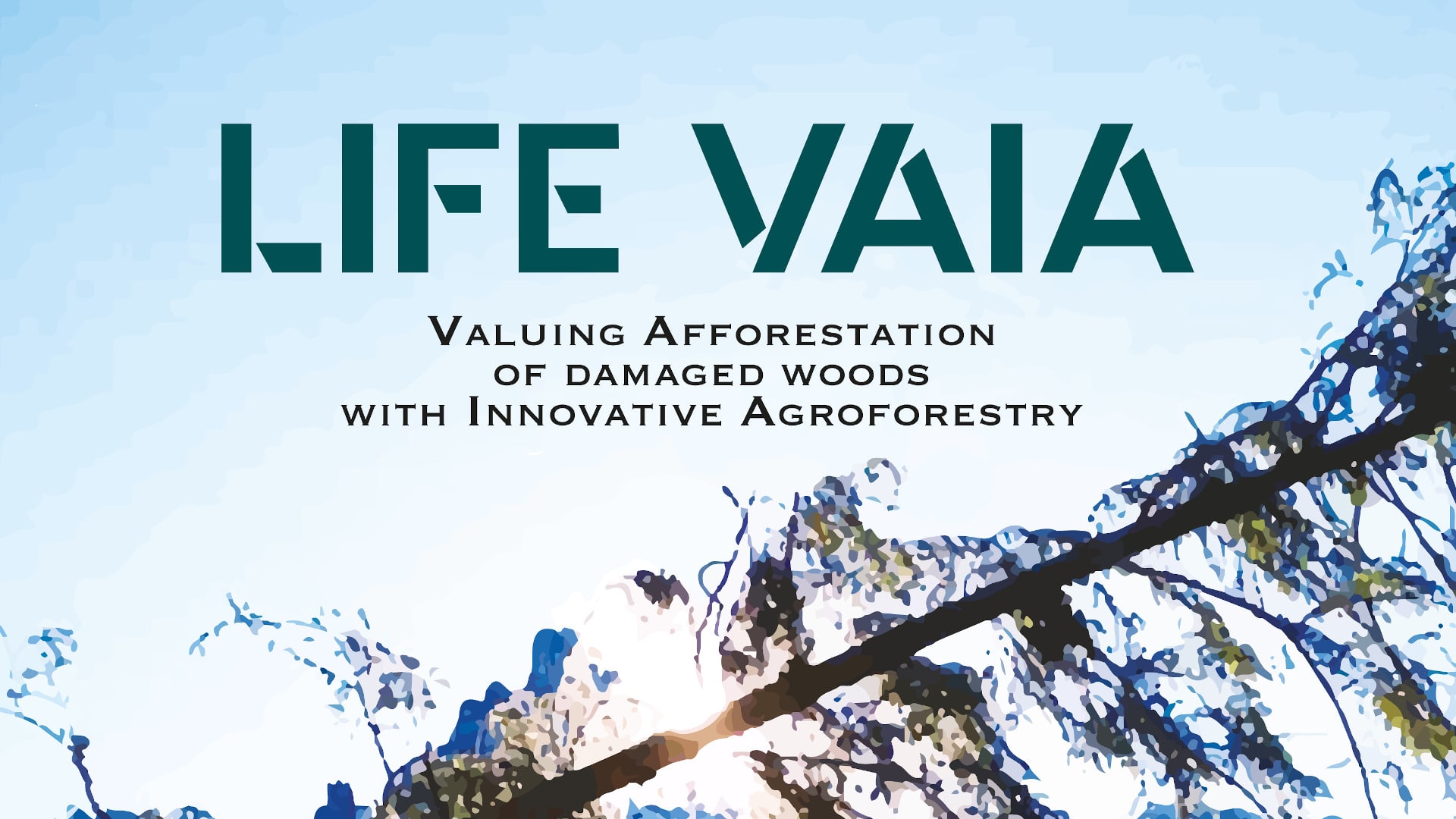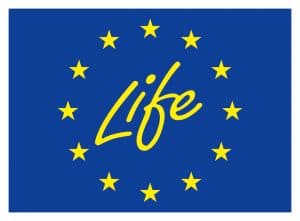
 Valuing Afforestation of damaged woods with Innovative Agroforestry
Valuing Afforestation of damaged woods with Innovative Agroforestry
Vaia is the name given to the storm that affected north-eastern Italy (almost essentially the mountainous area of the Dolomites and Venetian Prealps) following a strong disturbance of Atlantic origin, and that brought very strong winds and persistent rains to the region, starting from 26 October until 30 October 2018.
This extreme weather event was mistakenly recognized as a “storm” (grade 10 on the Beaufort Scale), but the winds reached “hurricane” speeds (grade 12). The very strong winds, which reached speeds of up to 200 km/h for several hours, caused millions of trees to crash to the ground, resulting in the destruction of tens of thousands of hectares of alpine coniferous forests. An estimated 42 million trees were felled over an area of 41,000 hectares.
VAIA has been catalogued as a real natural disaster by the Crisis Unit of the Veneto Region.
ENVIRONMENTAL IMPACT
- . 8.5 million cubic meters of fallen trees
- . 2.8 billion euros of estimated damages
- . 42.500 hectares of forest area affected (fauna and flora)
- . 494 municipalities involved, some of which at hydrogeological risk
OBJECTIVES
- To consolidate the knowledge base on the use of innovative agroforestry procedures in forest farming, assess the effectiveness of the method and encourage its use in European forests
- To develop an ecosystem-based innovative approach (VAIA approach);
- To test and apply the VAIA approach in several areas characterized by different conditions in order to define fast response models to be transferred (also thanks to replication activities and toolkit) in the sites interested by extreme events, intensified by climate changes
- To promote the implementation of the EU forest strategy (in particular the 2021 forthcoming one) specifically for the areas of: protecting forests in a changing climate whilst promoting sustainable forestry management to mitigate climate change; protecting forests and enhancing biodiversity reversing the decline of pollinators and contributing in replanting trees (as planned by the EU Biodiversity strategy by 2030)
- Develop new and innovative forestry and value-added products
- Recover forest areas and enhance their ecosystems, developing sustainable products and services with value-added products
- Increase the ecological, economic and social resilience of damaged forest ecosystems
VAIA APPROACH
It is constituted by implementing ‘temporary’/transitional (15/20 years) agroforestry until the growth of forest trees, and finalised to:
- tackle in short time most of the negative effects caused to the environment by the destruction of trees (e.g. erosion, mineralisation of organic matter, loss of biodiversity);
- accelerate the reconstruction of forest ecosystems, mixing natural and artificial reforestation concepts in order to promote the establishment of stable ecosystems characterized by high biodiversity and ecological value and the adaptability and resilience of the ecosystems, introducing structural and genetic variability (intra/inter species), increasing the opportunities for natural selection in the perspective of adaptation to climate changes;
- create opportunities for sustainable economic development aimed at halting depopulation in areas where disruptive events have occurred.
THE PARTNERS
– Rigoni di Asiago
– Association Française d’Agroforesterie (Fra)
– Comune di Asiago
– Fondazione Edmund Mach
– Comune di Gallio
– Longarone Fiere Dolomiti
– Università di Padova Dipartimento Territorio e Sistemi Agro-Forestali (TESAF)
– Università di Santiago di Compostela (Esp)
– Agenzia Veneta per l’Innovazione nel Settore Primario
– Venetian Cluster
– World Biodiversity Association (WBA)

Official site: www.lifevaia.eu
: Afforestation • damaged woods • Innovative Agroforestry • Life Vaia

